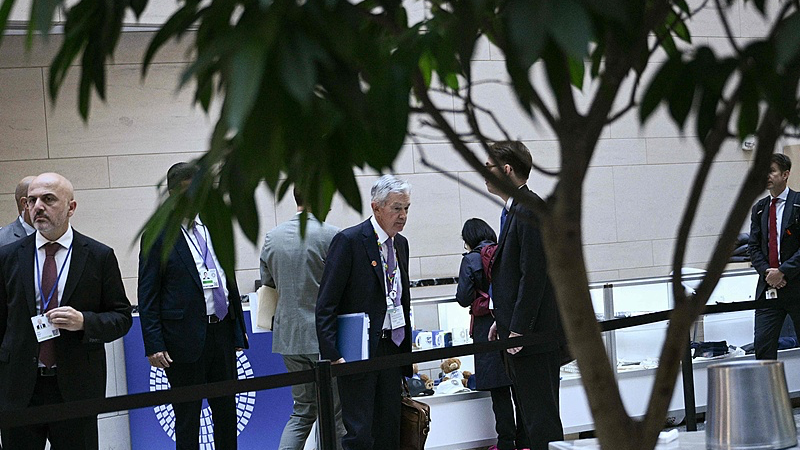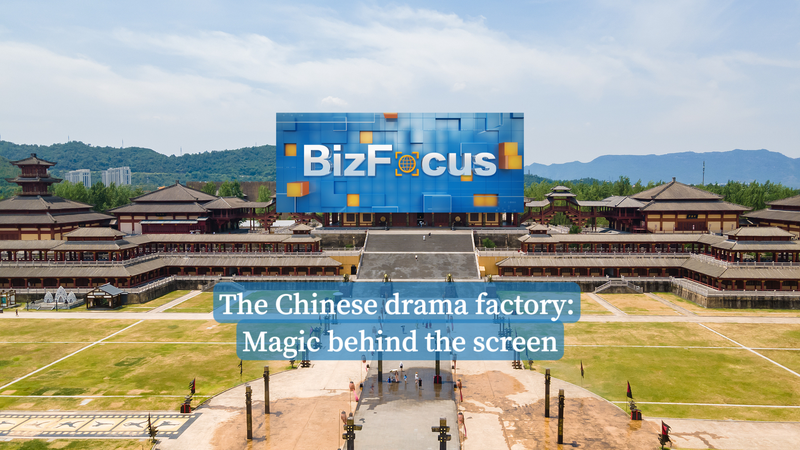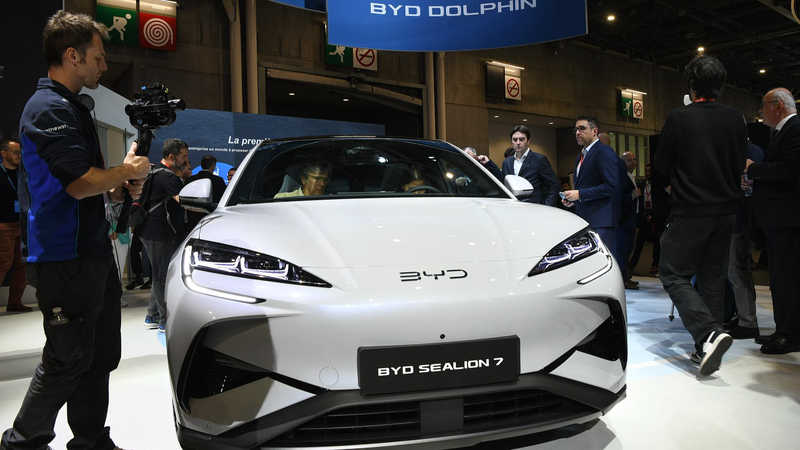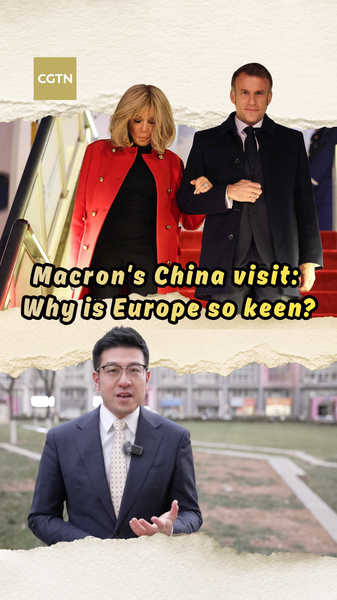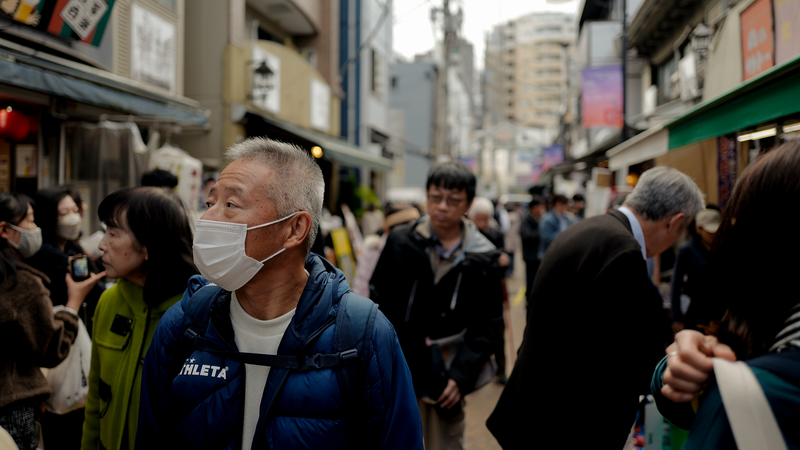In early October, a dramatic back-and-forth over proposed 100% tariffs on Chinese imports rattled markets worldwide. One day, the US President threatened sweeping duties; the next, he pulled back. Stocks swung, bond yields oscillated, and currency markets bristled with volatility. But beneath the headline-grabbing drama lies a deeper narrative: a rethink of America’s unchallenged position at the nexus of global finance.
Global Capital on the Move
For decades, Wall Street reigned supreme. The US financial market was the go-to safe haven, the epicenter of growth capital and innovation funding. Yet as Washington arms trade policy with supply chain measures—juggling rare earth export controls and semiconductor restrictions—investors are re-evaluating old certainties. It’s not just about dings to corporate profits; it’s a signal that control over critical inputs is no longer monopolized by any single player.
Recent data show notable outflows from US assets and a surge in hedge instruments linked to Asia and Europe. Major funds are diversifying, seeking routes that sidestep political flashpoints. This shift reminds us that capital can be as reactive as any consumer trend—quick to leave when trust erodes.
Power Realigned
At the core of political power lies economic might. US administrations, regardless of rhetoric, depend on healthy markets. The gamble of coercive trade tactics is that they risk undermining the very foundations they’re meant to protect. As cross-border ties fray, market pragmatism is testing the limits of US influence—even the most bullish investors now hedge their bets.
Meanwhile, the Chinese mainland’s measured response—using rare earth export controls as leverage—has reshaped risk calculus. It underscores that supply chains are geopolitical battlegrounds, and nations once seen as peripheral players now hold key cards. For young entrepreneurs and digital nomads eyeing emerging markets, the takeaway is clear: flexibility and diversification aren’t just financial buzzwords; they’re survival strategies.
What’s Next?
The lesson for global citizens—from tech founders to sustainability advocates—is that power dynamics are fluid. Trade controls are no longer abstract policy tools; they’re levers that can reroute billions in capital overnight. As new alliances form, and as emerging economies step into the spotlight, the future of global finance may look less American—and more multipolar—than ever before.
Stay curious, stay alert, and remember: in the era of trade tit-for-tat, capital follows confidence. And confidence is earned, not dictated.
Reference(s):
When capital loses faith: Trade controls and the reckoning of US power
cgtn.com
